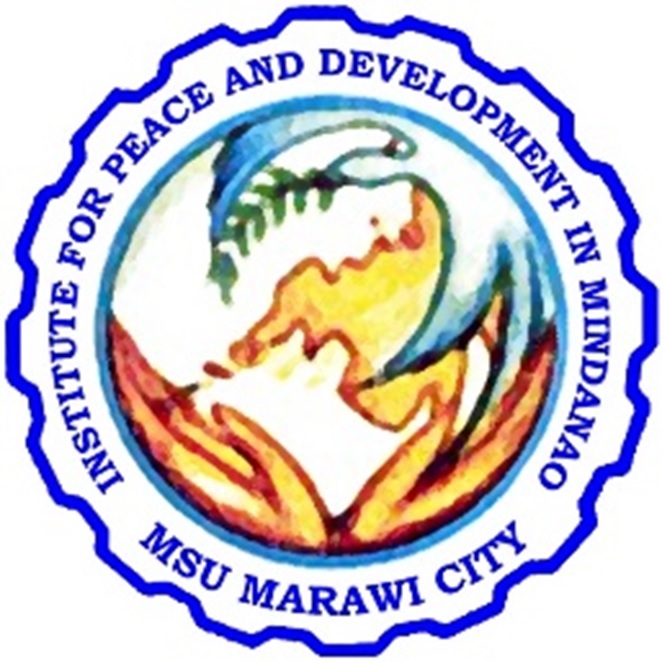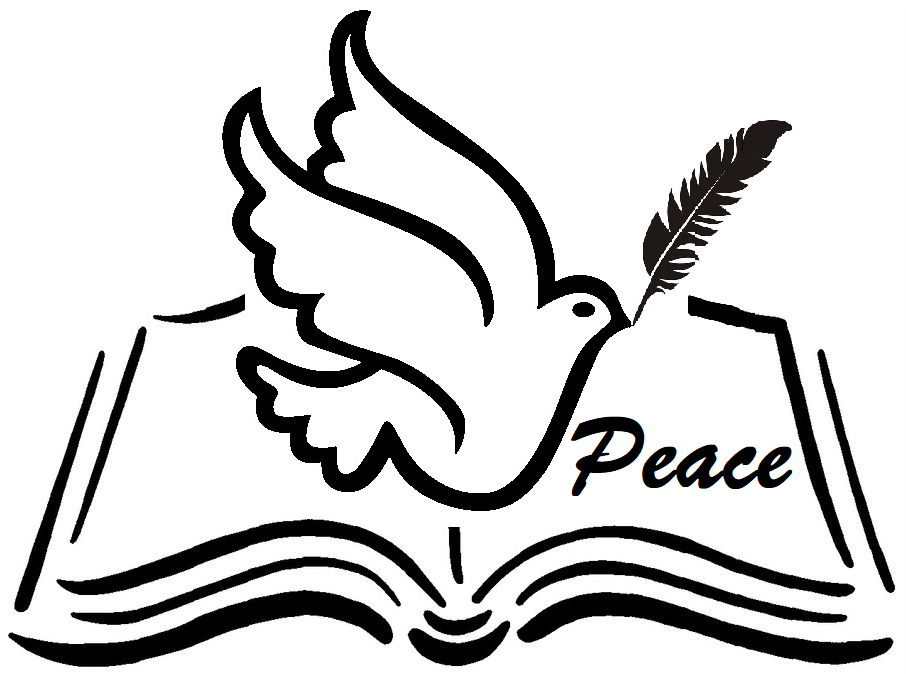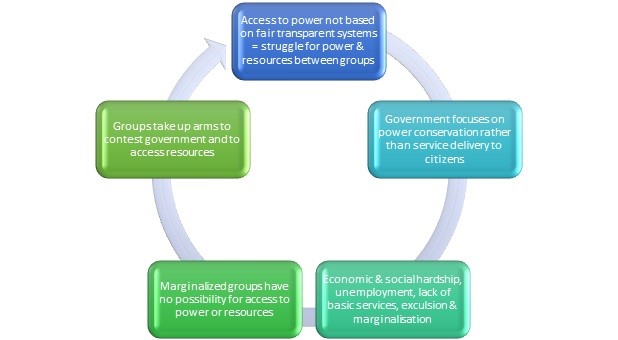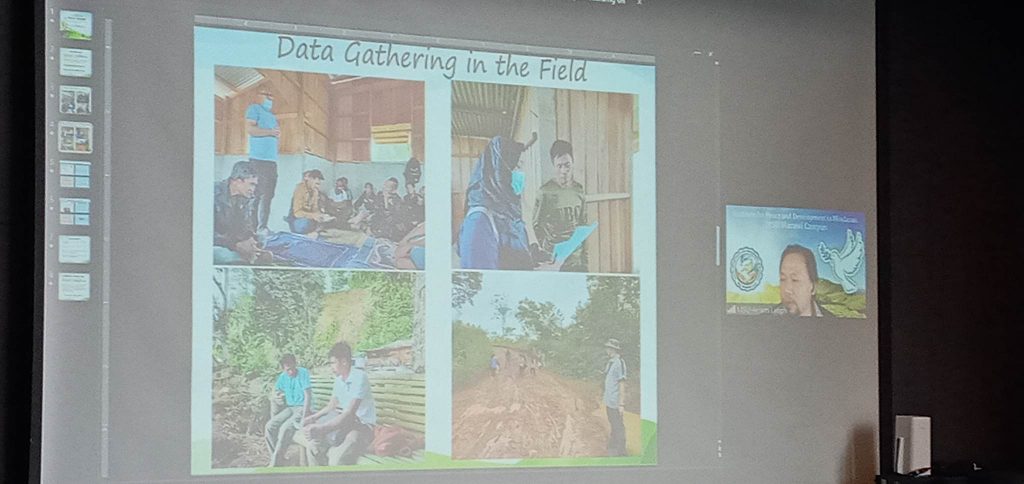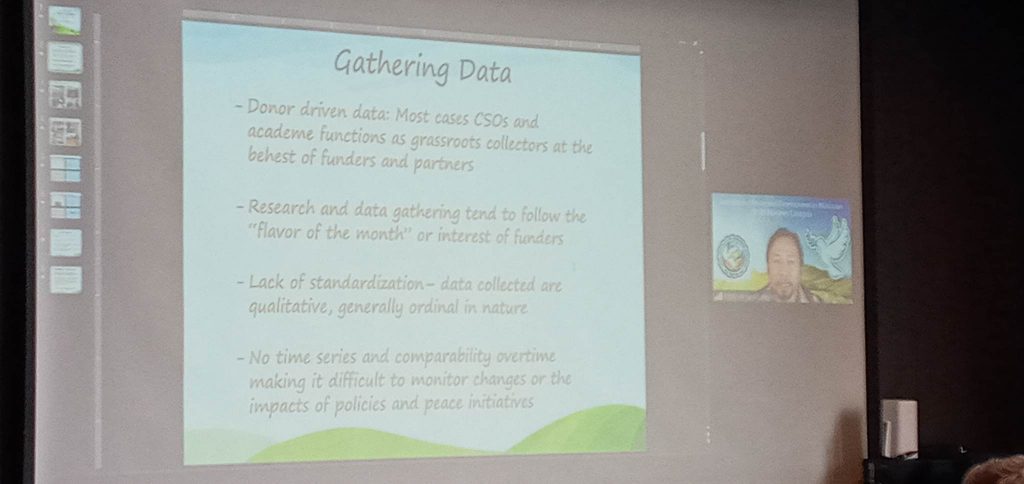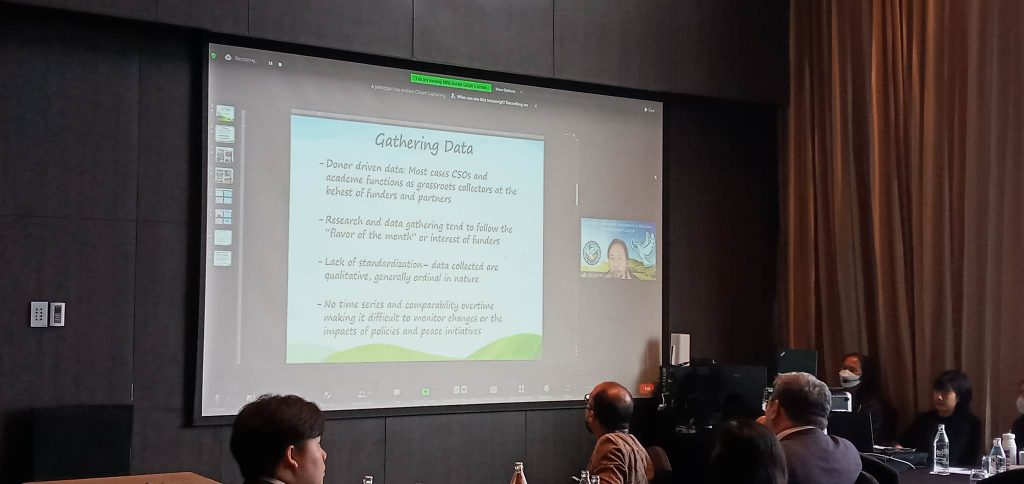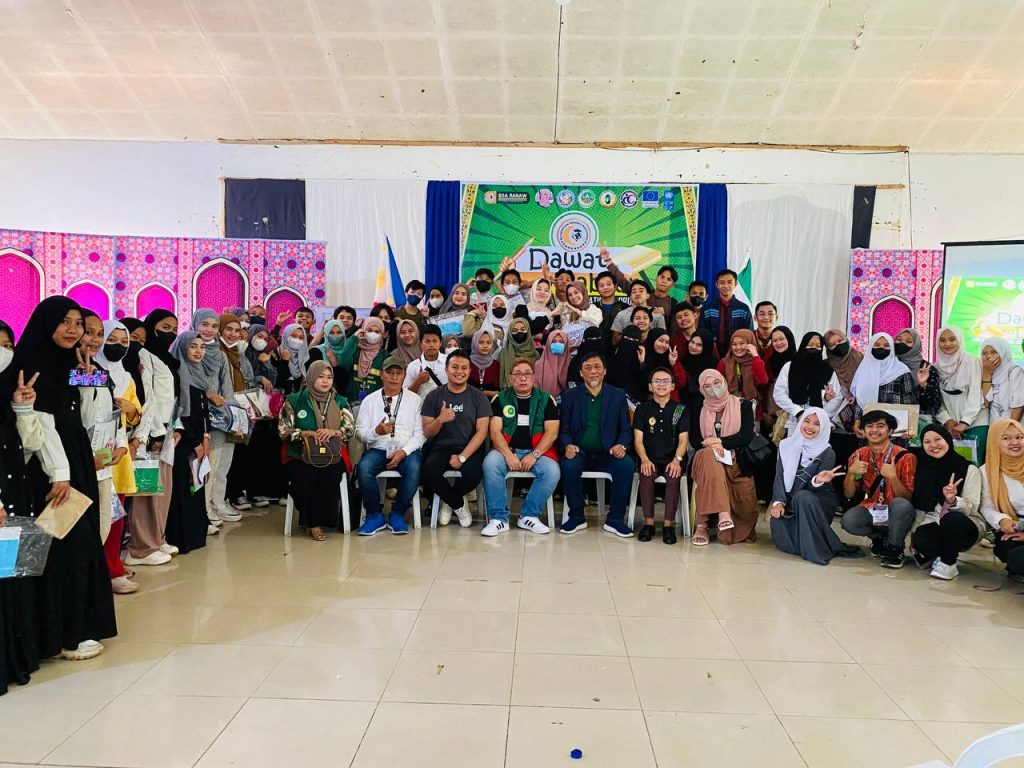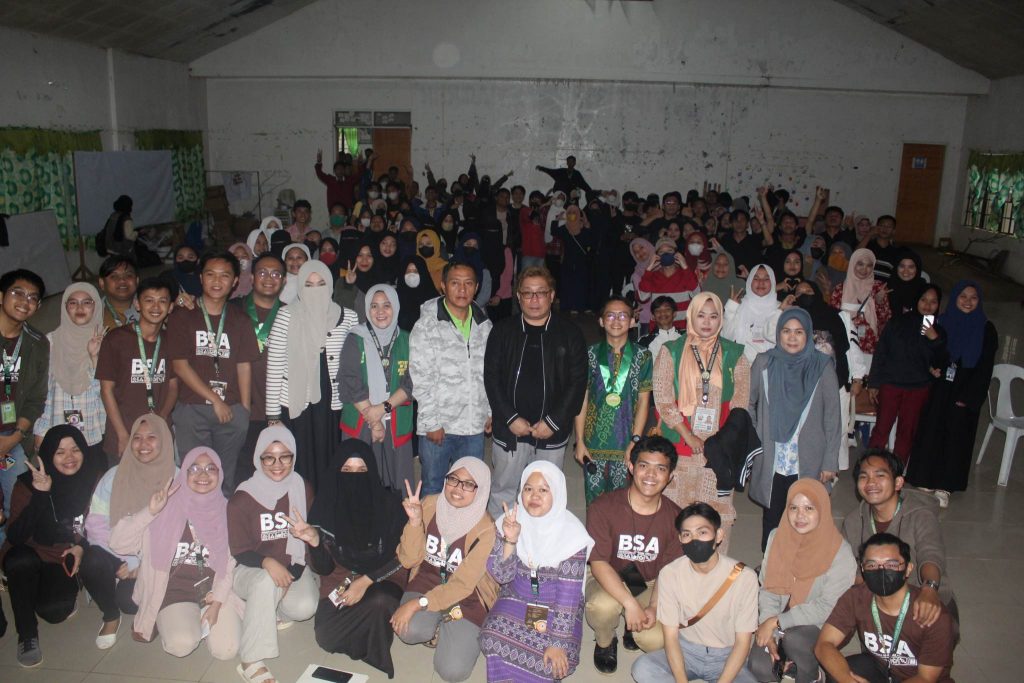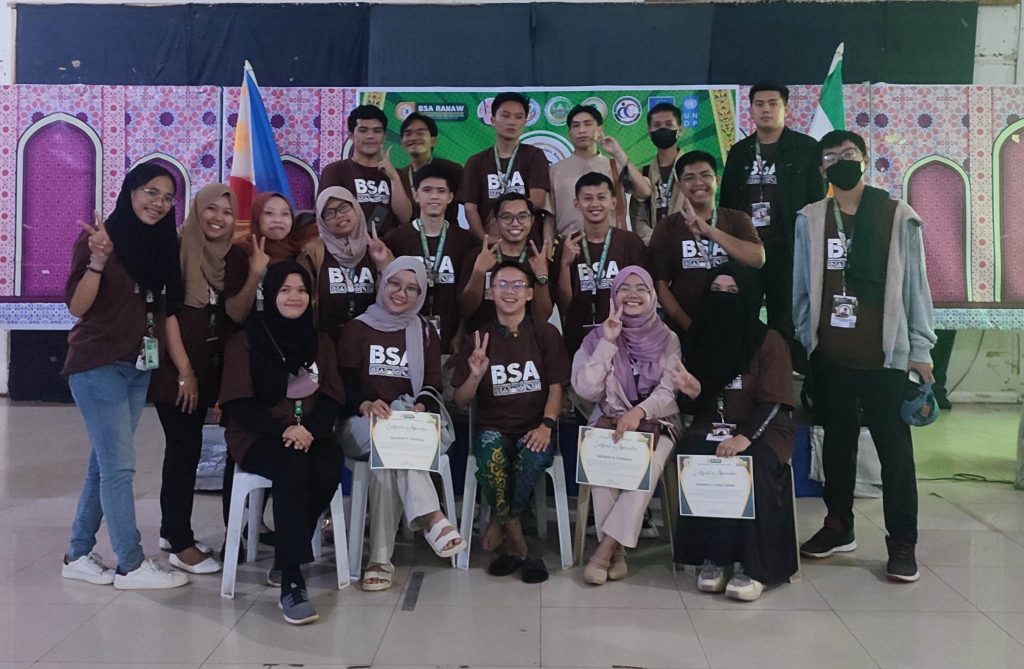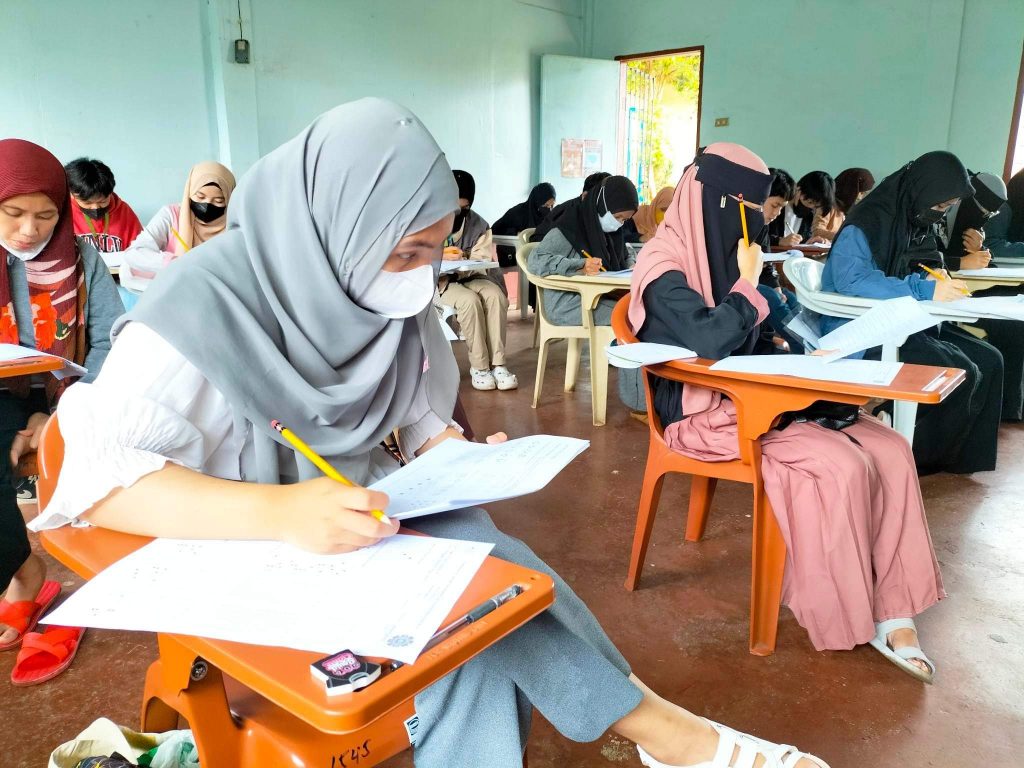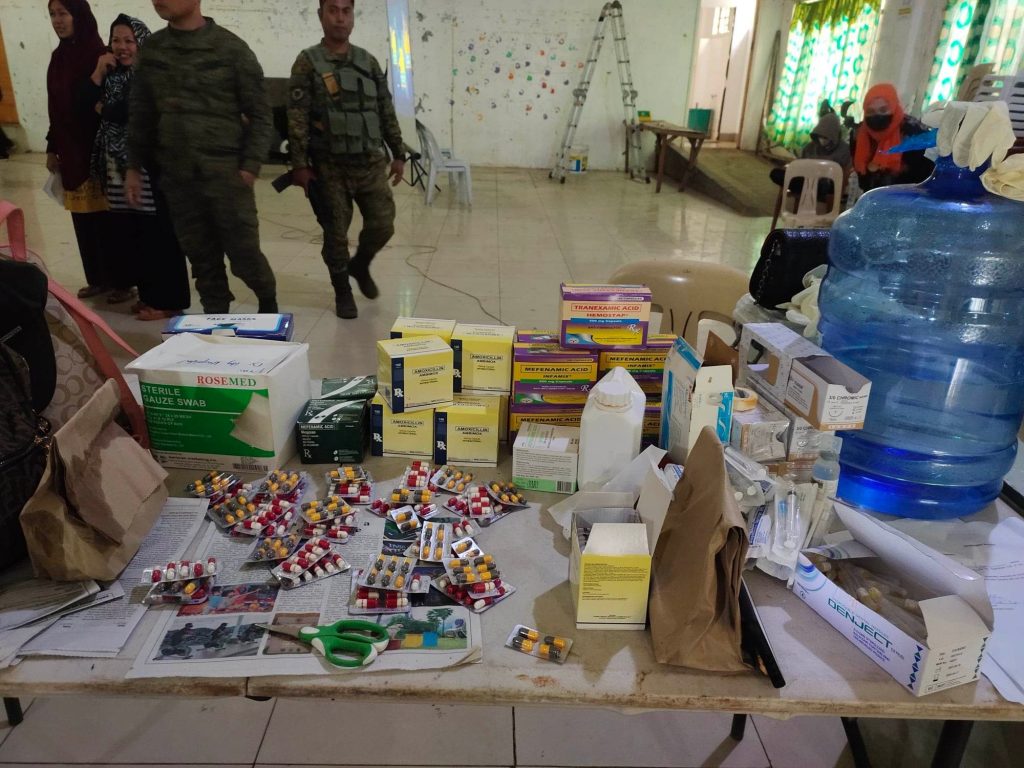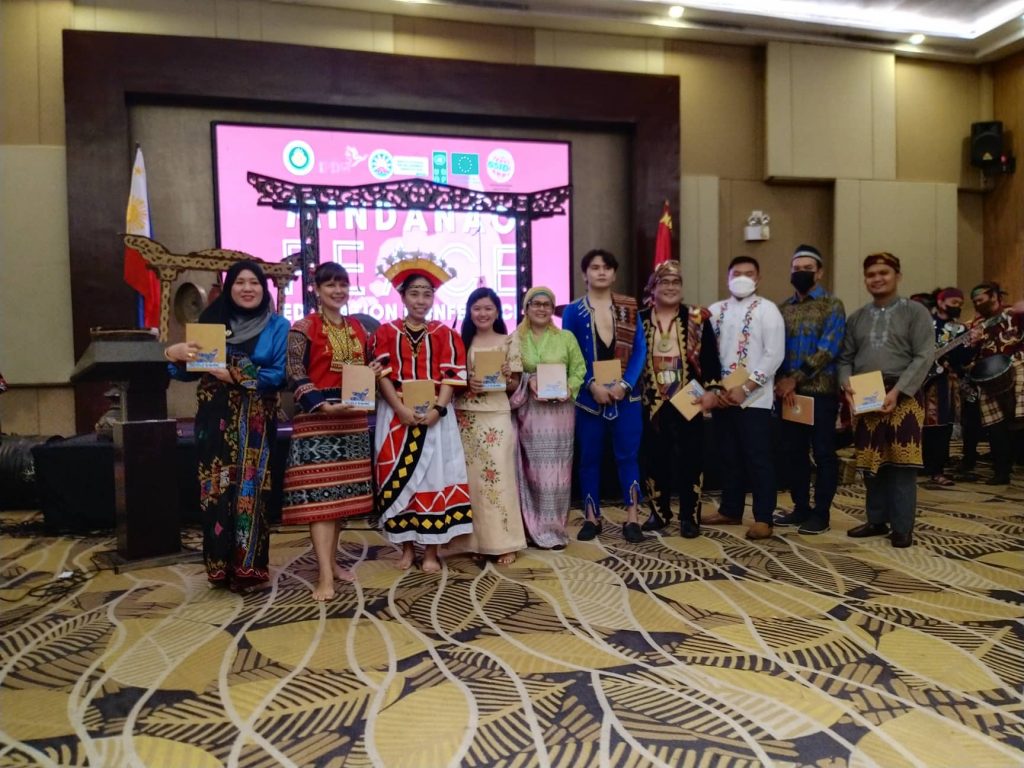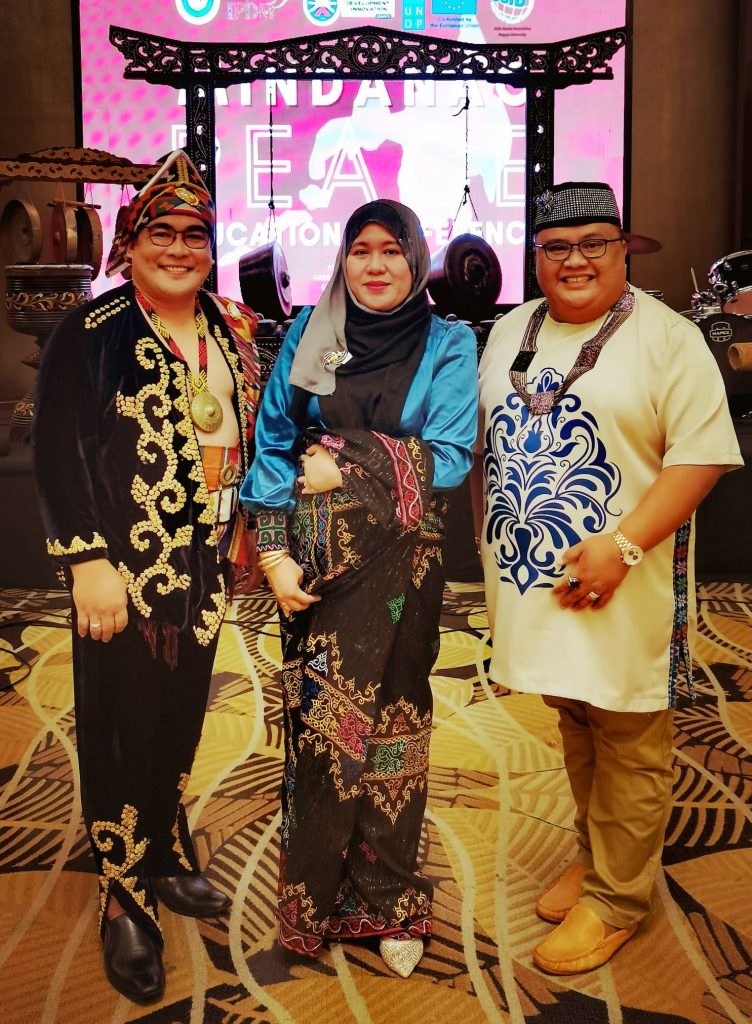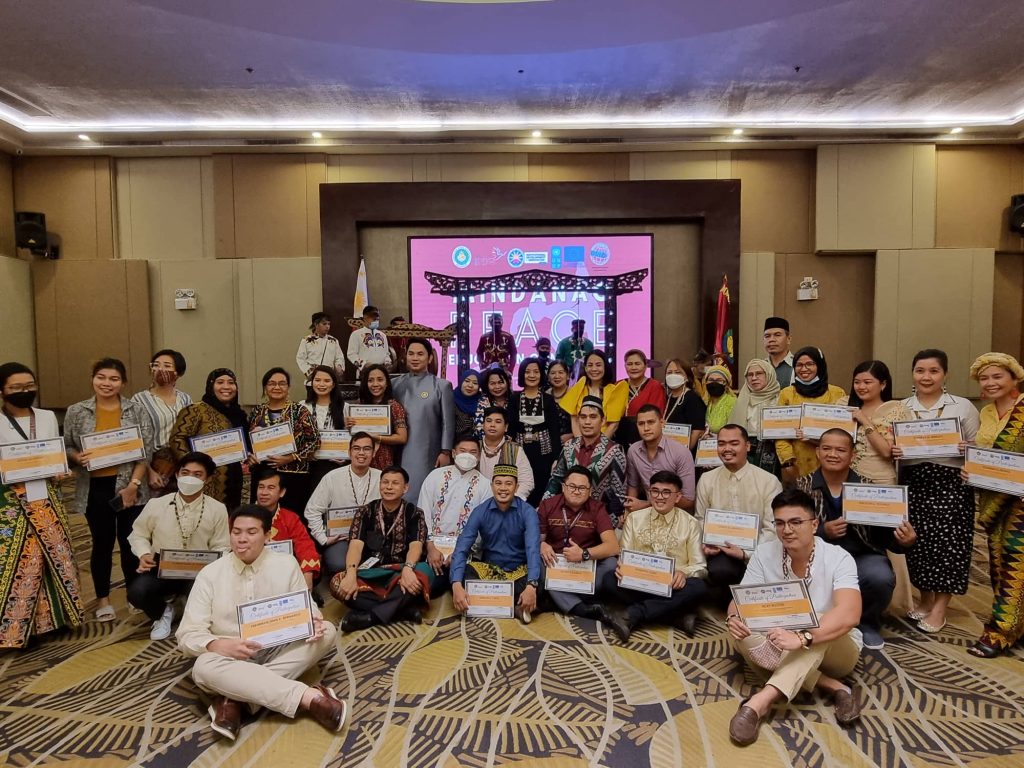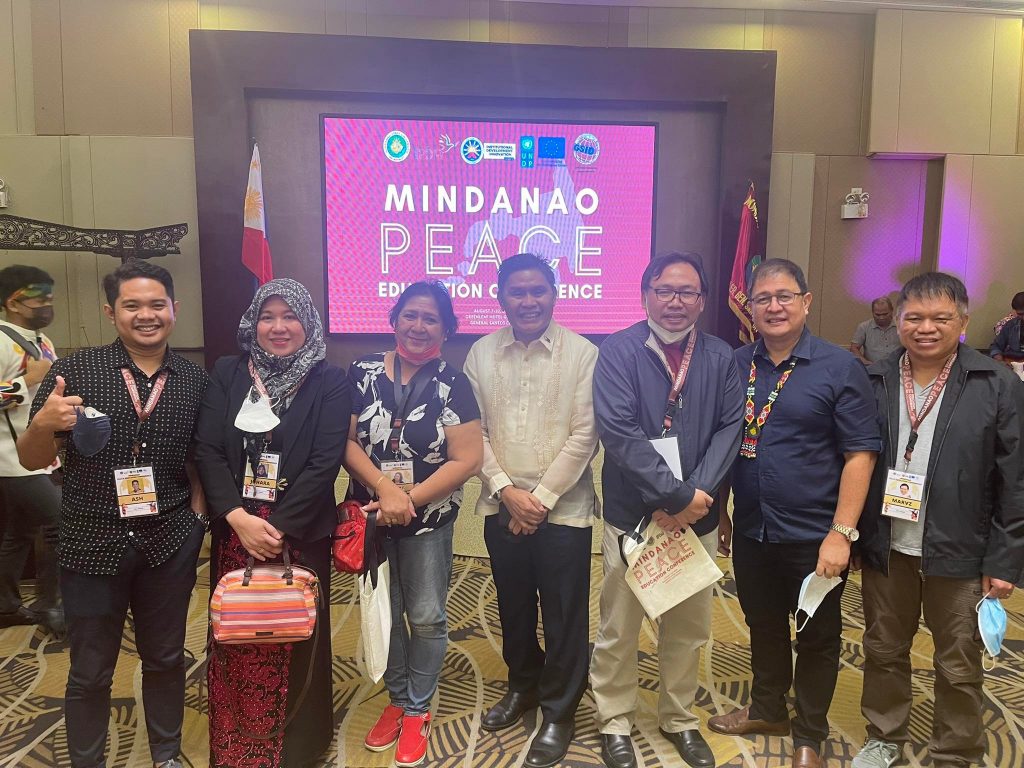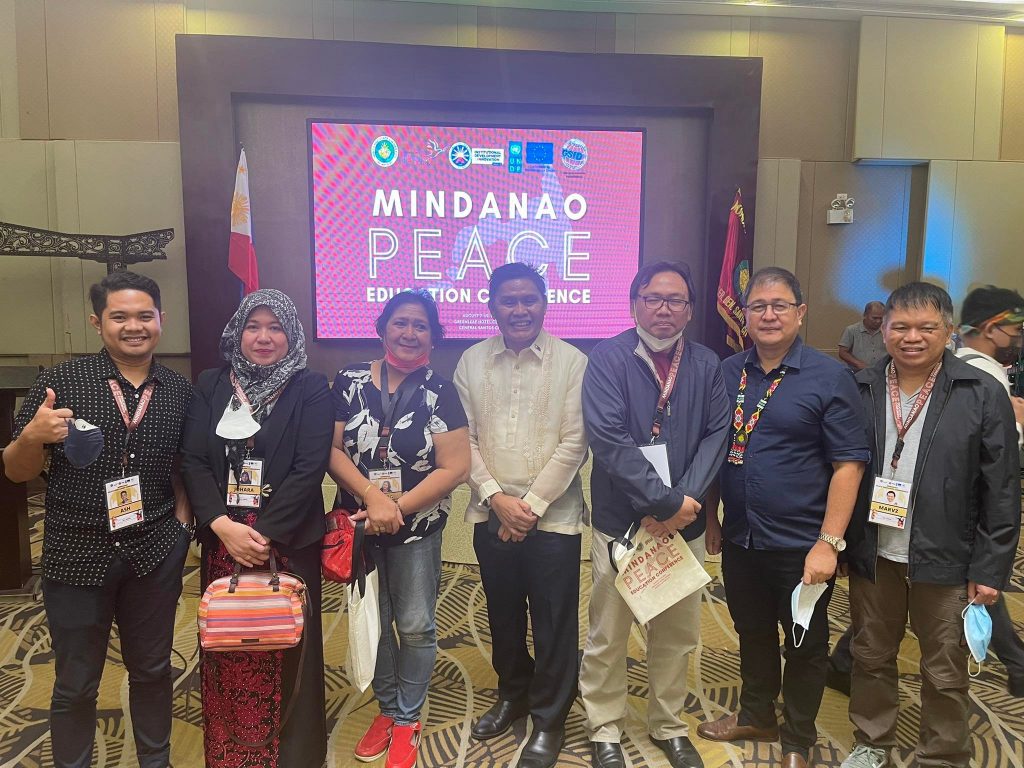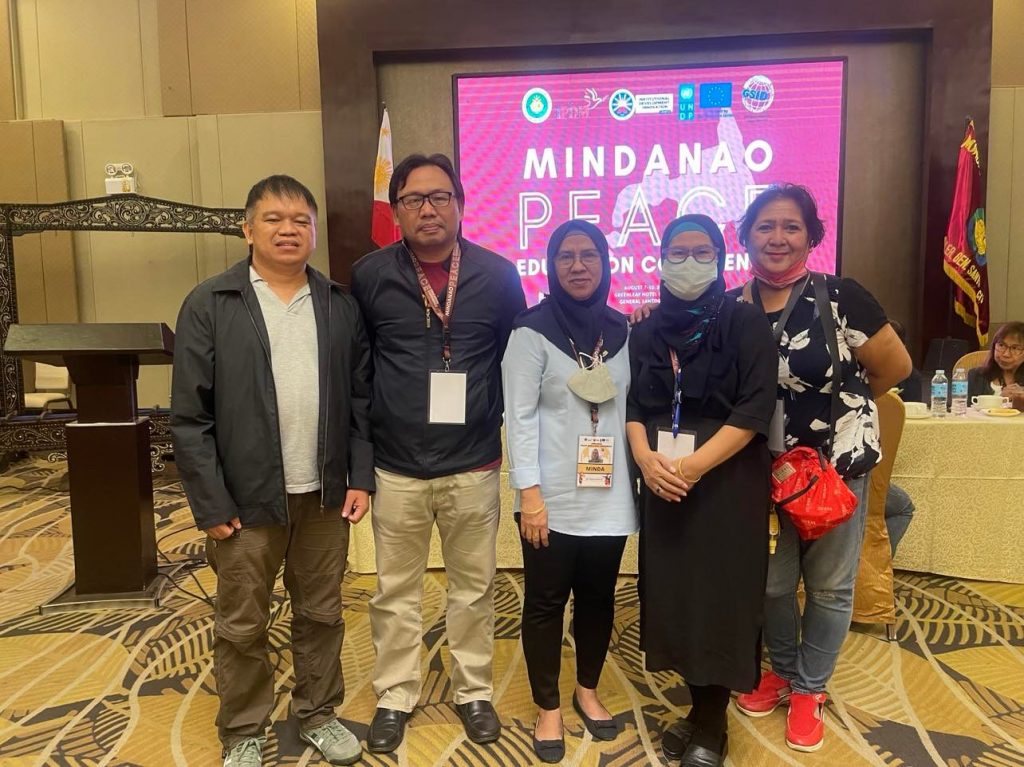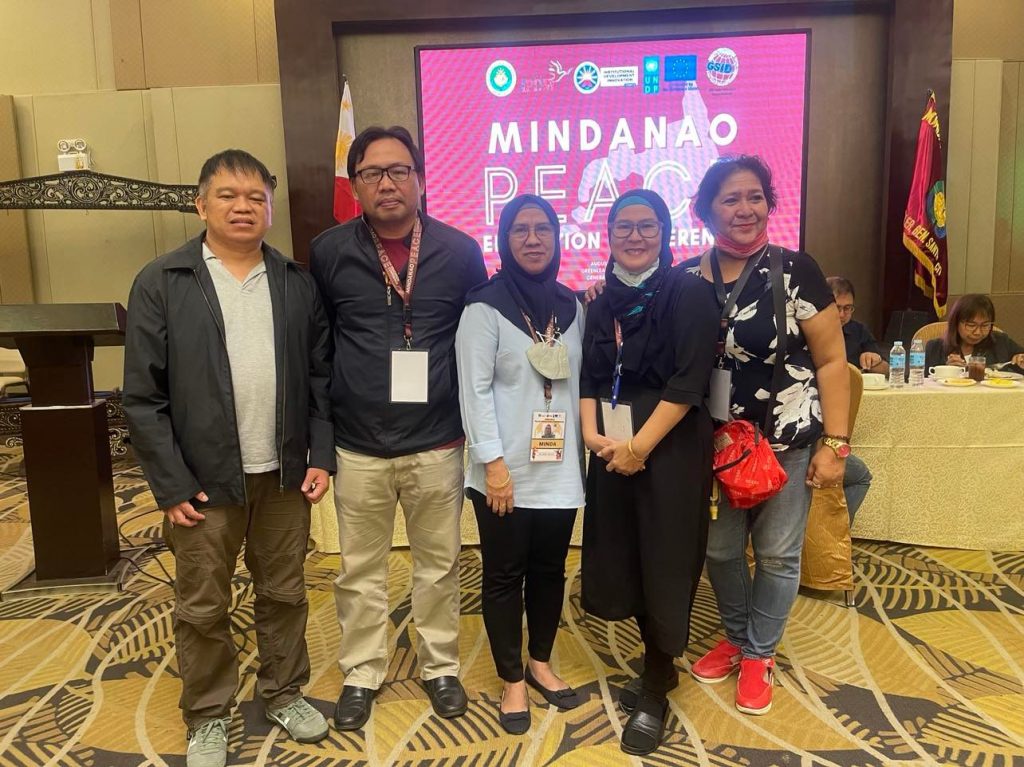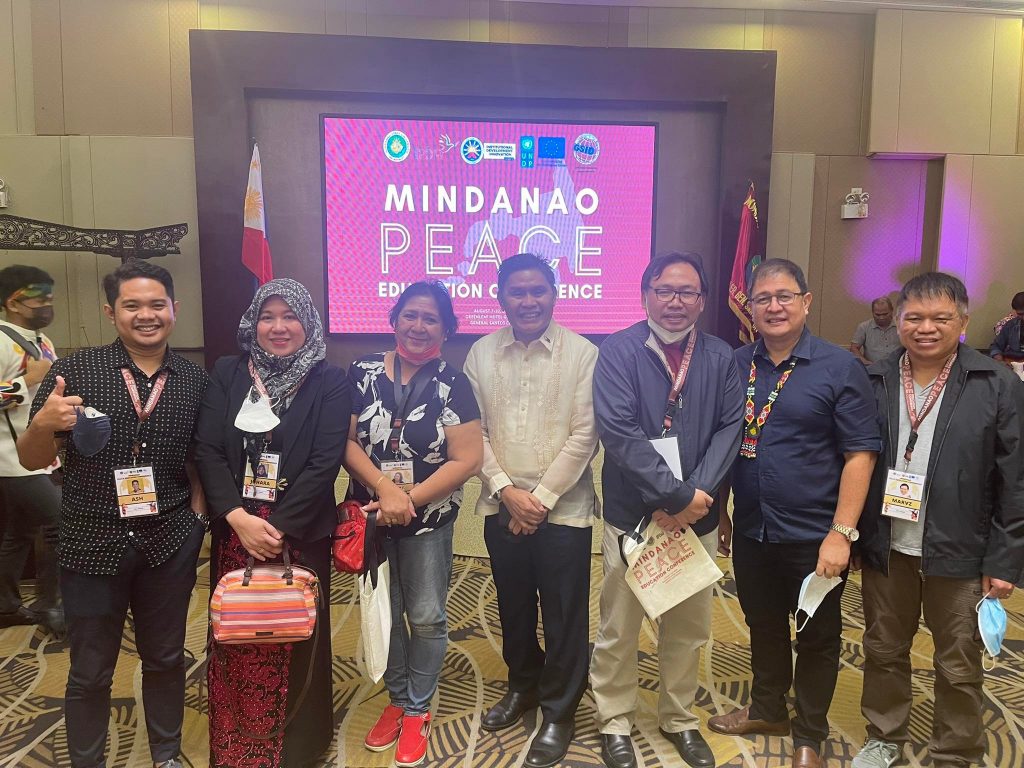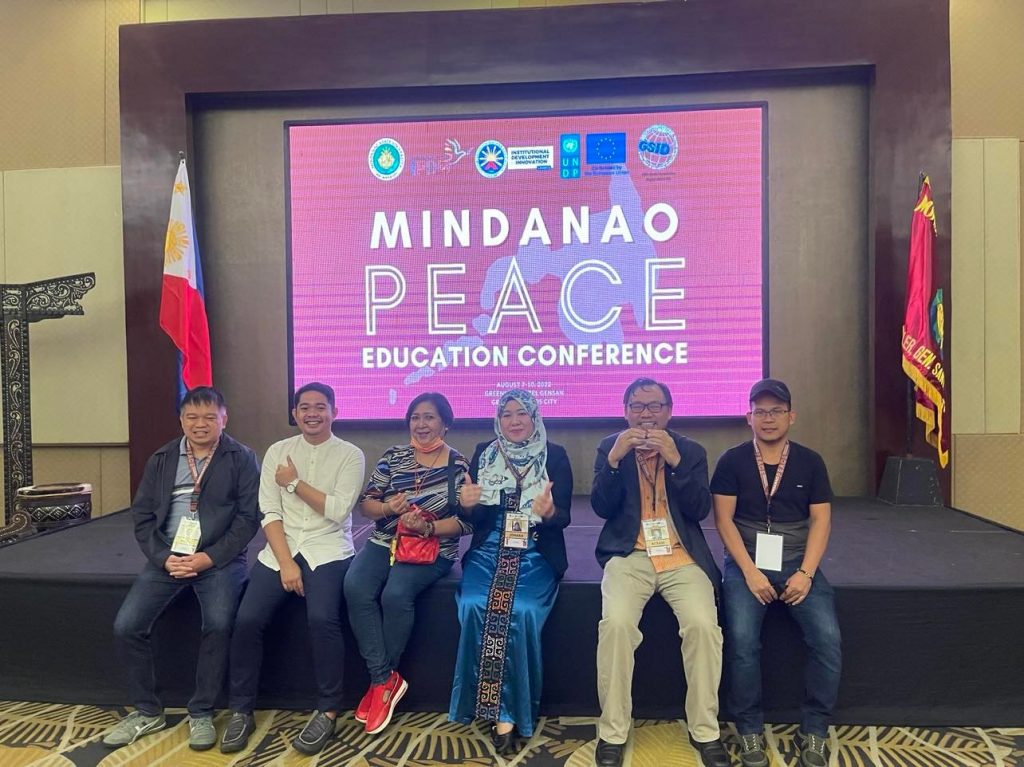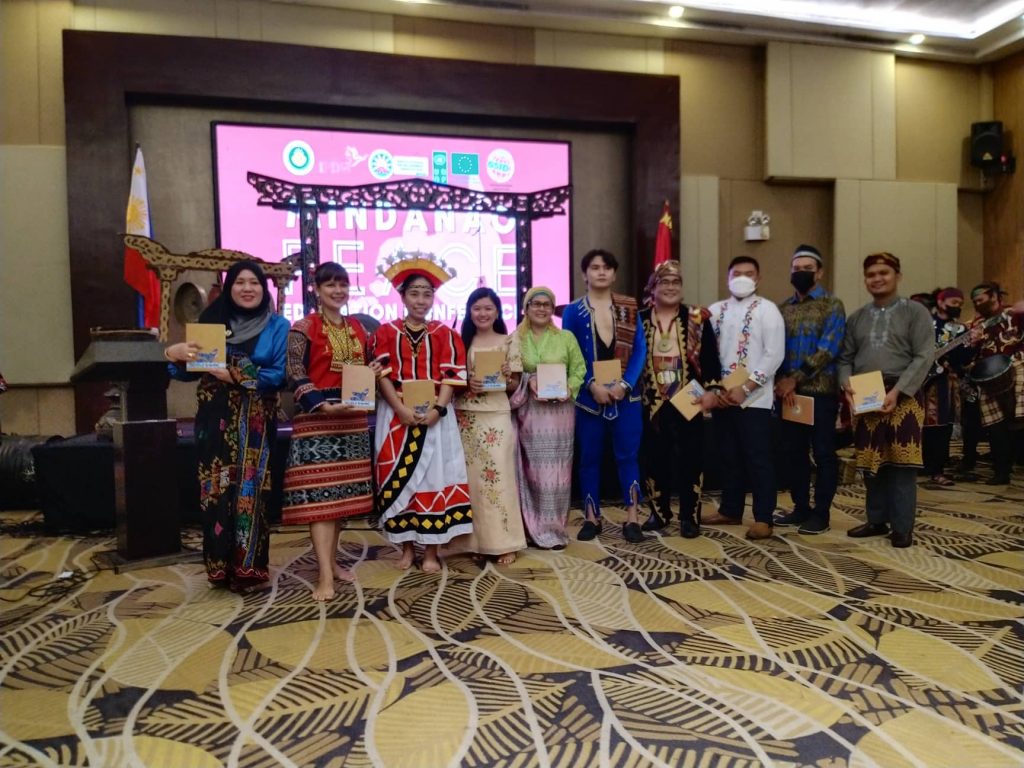- Academic Units
- Basic Education
- Colleges
- A-H
- I-P
- S-Z
- Office of the Vice Chancellor for Academic Affairs
- Office of the Assistant Vice Chancellor for Academic Affairs [External Unit]
- Admin Units
- A-H
- Accounting Division
- Administrative Services Division
- Alumni Relations and Career Center Office
- Auxiliary Services Division
- Budget Office
- Cashier’s Division
- Center for Women Studies
- Community Relations Office
- Food Services Division
- Gender and Development Focal Point System
- Housing Management Division
- Human Resource Development Office
- I-P
- R-U
- Radio DXUR 94.1 U FM (RTCO)
- Records Management Office
- Special Concerns Office
- University Disaster Risk Reduction Management Office
- Security Services and Fire Department
- Supply Management Division
- Technical and Bibliographical Services Division
- University Business Office
- University Campus Budget Office
- University Hostel and VIP Lounge
- A-H
- Research & Extension Centers
- Semi-Academic Units
- A-N
- Admissions
- Aga Khan Museum and Natural Science Museum
- Audio-visual center
- Center for Local Governance
- Cultural Affairs Office
- Division of Student Affairs
- Information and Communications Technology Center
- Institute for Peace and Development in Mindanao
- Medical Services and Hospital
- Meranaw Cultural Heritage Center
- National Service Training Program
- O-Z
- A-N
- System Units
- Office of the President
- Office of the Executive Vice President
- Office of the Vice President for Academic Affairs
- Office of the Vice President for Planning and Development
- Office of the Vice President for Administration and Finance
- Office of the Vice President for Research and Extension
- Office of the Secretary of the University and of the Board of Regents
- International Affairs & Linkages Office
- Manila Information Office
- The MSU System

